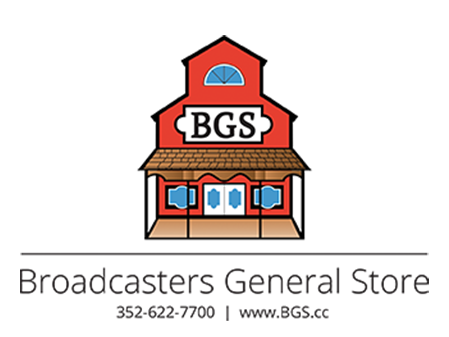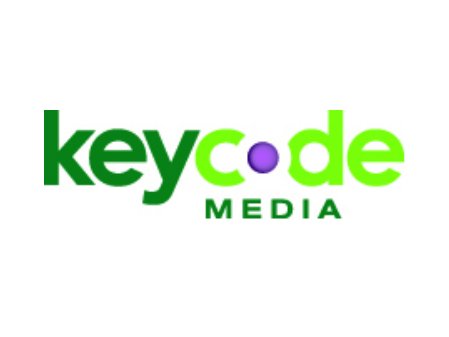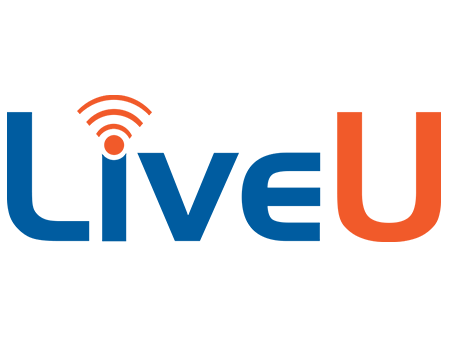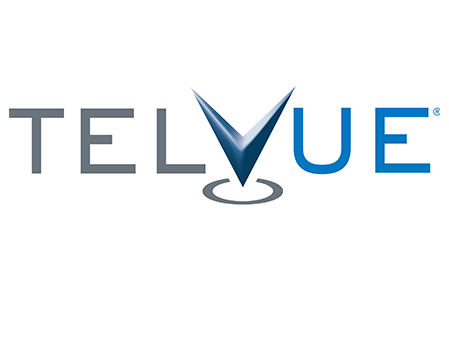What is Community Media?
Community Media is a platform for local communication. It fills a unique niche in the media landscape, providing communities with the opportunity to create programs of local interest and distribute them over cable TV, the Internet and low power radio stations.
In Wisconsin, media centers are typically managed by local governments, but sometimes by school districts and non-profit organizations. Because they are managed locally, these media centers are very sensitive to the needs of their communities. While you can search through millions of YouTube videos for programs from around the world, community media centers produce and distribute videos of interest to your town all in one place.
Where to Watch Community Programs
Local public, educational and government access programs are viewable on Cable TV providers like Charter Spectrum, AT&T U-Verse, and Solarus. Most media centers also use web-based platforms to distribute programming such as a Video-on-Demand site or YouTube, livestreaming, and Over-The-Top services such as Apple TV and Roku. Unfortunately, because satellite providers do not use city rights-of-way to transmit their signal, federal regulations do not require that they carry or support community programming.
Find your local media center and learn where to watch shows produced for viewers in your area!
History of Community Media
Community Media (also called Public, Education, and Government or "PEG" access television) has been around since the late 1960s and has a long proud history of providing a platform for local communication. Records show one of the first community television stations in the country was the Stoughton, Wisconsin PEG access channel on the Viking Media cable system. It started broadcasting out of downtown Stoughton in 1968. This makes our member WSTO TV one of the oldest operating community media centers in the United States. If you'd like to read some early history about "access," read The History of Public Access Television. (Author: Bill Olson (c) 2000).
Types of Media Centers:
There are three main types of media access centers, but many centers manage more than one type.
Public Access Media Centers
Public Access Media Centers are typically managed by non-profits, local governments or (very rarely) cable companies or cooperatives in Wisconsin. Typically public access media centers train residents to produce programming for television, social media and sometimes for radio. These centers pride themselves on helping residents and organizations with the technical aspects of program production. Some public access centers accept programs produced elsewhere for play on their channel. Some Wisconsin centers may accept programming from the public, but do not offer access to equipment and training. Public access programming ranges from music to issues discussion. Public access is a great platform for local business, local non-profit organizations, issues discussion, community events and the arts.
Educational Access Media Centers
Educational Access Media Centers are managed by educational institutions such as school districts and colleges. These centers provide school-age youth and college students the opportunity to learn about media by doing media. Classes include media literacy, video production, computer graphics, script-writing, and journalism. Besides showcasing student-produced finished video productions, schools use these channels to recognize the work of students from science fairs to high school sports to weekly news programs to dramatic skits. School administrations use these media outlets to present programs of interest to parents and the community, such as school board meetings and other events that would appeal to a broader audience.
Government Access Media Centers
Government Access Media Centers are typically managed by a city department but sometimes management is contracted out to a non-profit organization or to an individual consultant. As distinct from a public access channel, programming here is determined by the local government, not by community members. If you want gavel-to-gavel coverage of meetings, learn about the latest street renovations, find out about economic development plans for downtown, or hear about regional collaborative efforts, this is the place to look.
Funding
Nationwide, video service providers (cable companies) such as Charter and AT&T pay a franchise fee (called a video service provider fee in Wisconsin) to local governments to “rent” the space they use in city streets and easements for their transmission cables. The amount paid is a small percentage on the revenue the company earns on the video side of its business (not the broadband side). According to federal law, this fee is intended to be used to fund community access media centers and other city priorities.
State Franchise Legislation passed in 2007 lessened support for community television
Until 2007, local governments in Wisconsin had the power to enter into franchise agreements with cable companies and negotiate terms that included funding and support for community television. In the early 2000’s, however, Wisconsin and a number of other states passed state franchise legislation.
In Wisconsin, the 2007 “Video Competition Act” abrogated all local cable franchise agreements and put in their place the provisions of the new state law. The new law created a state licensing system instead of a local contract negotiation process. It eliminated the requirement that video service providers meet community “cable-related needs and interests.” It stopped all oversight of system maintenance and system upgrades and moved responsibility for resolving customer complaints from local governments to the Wisconsin Department of Financial Institutions.
The law was bad for community television. The new law stopped cities from assessing a dedicated fee on video service providers to support community access media centers. Commonly called a “PEG Fee,” this fee is still allowed under federal law even though Wisconsin cities cannot assess it. In Wisconsin, cities were stopped from assessing it beginning in 2011. The loss of the PEG fee caused many centers to downsize and forced the closure of many other operations including public access media centers in West Allis, Madison and Milwaukee.
The 2019-2020 Wisconsin State legislature reduced the video service provider fees companies pay
During the budget process of the 2019-2020 legislative session, legislators passed a provision that decreased the percentage amount of the video service provider fee. Legislators replaced the loss of revenue from cable operators of $5 million in 2019 and $10 million in 2020 (and every year going forward) with state revenue sharing. For more information about the state’s decision to reduce video service provider fees, go to Advocacy/Video Service Provider Fee Reduction.











